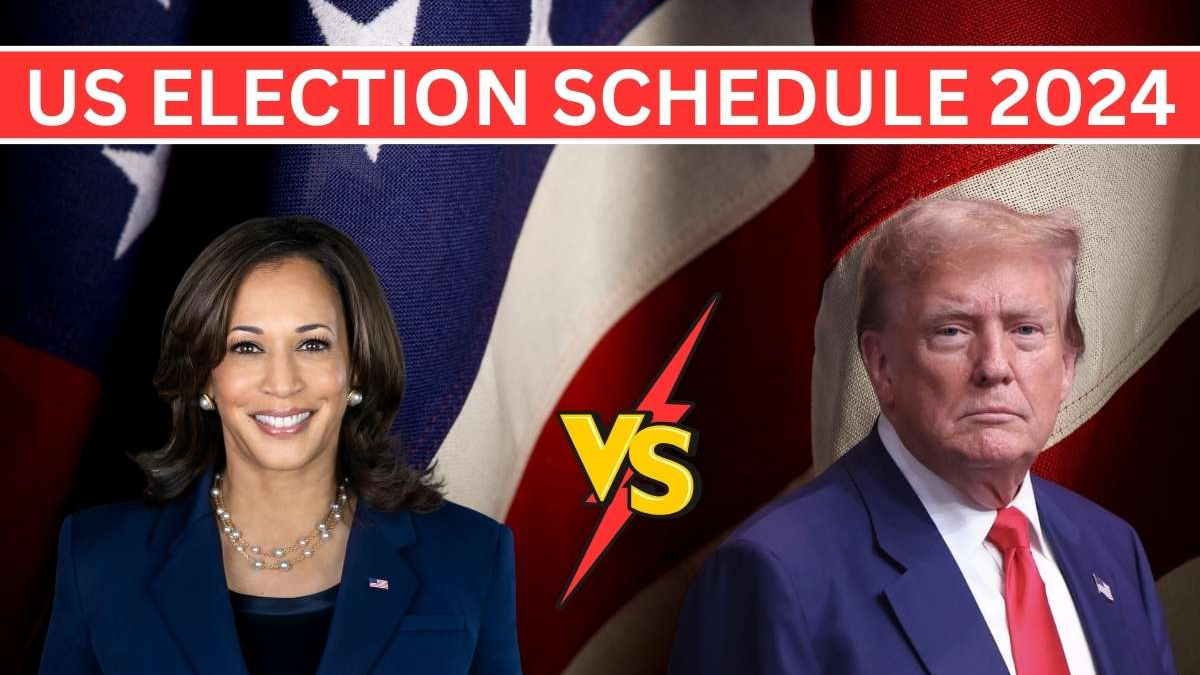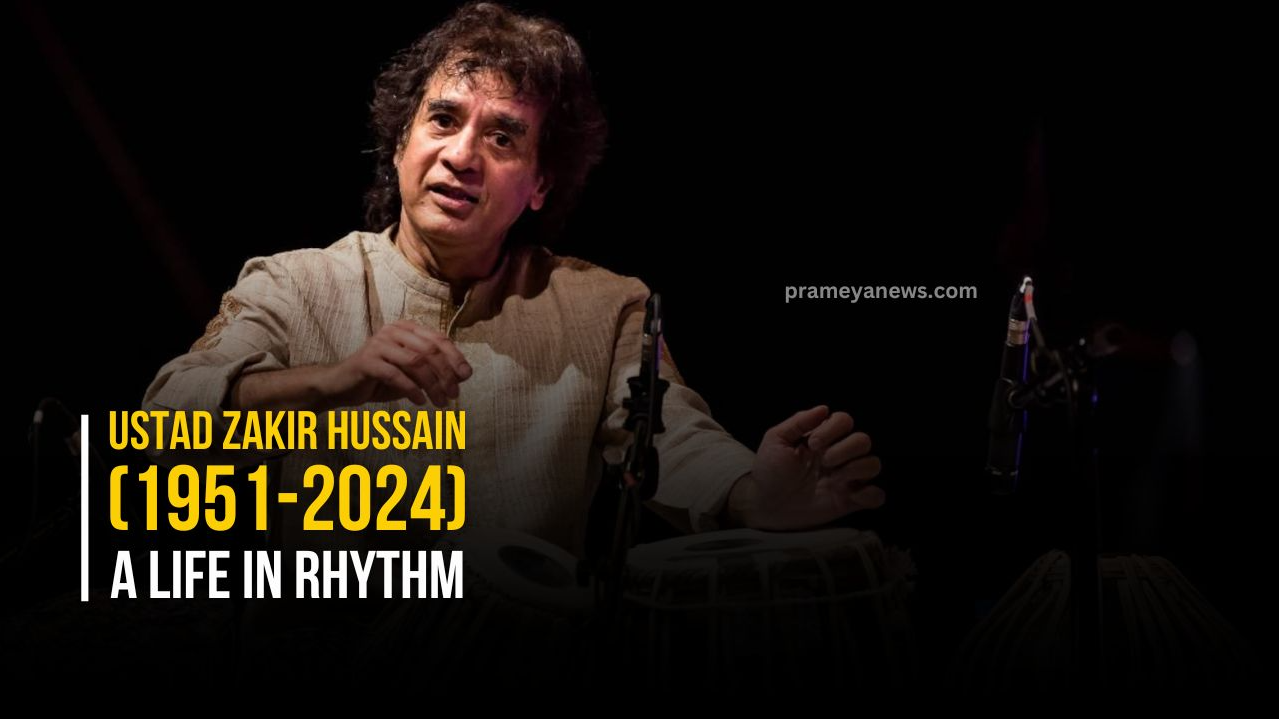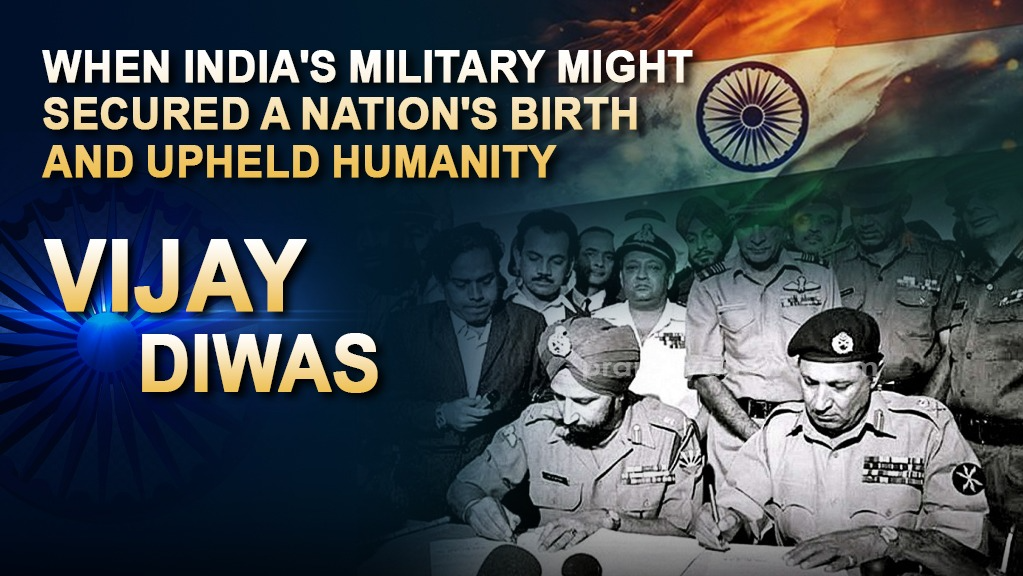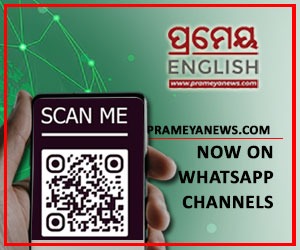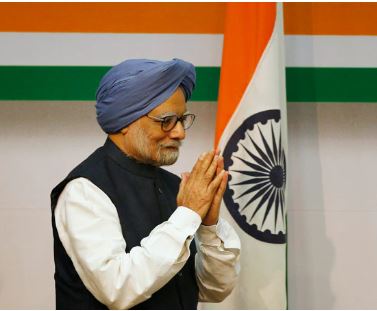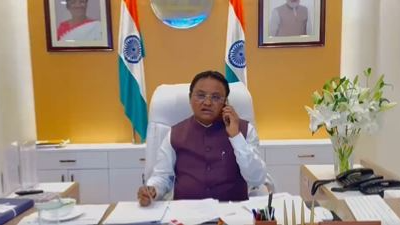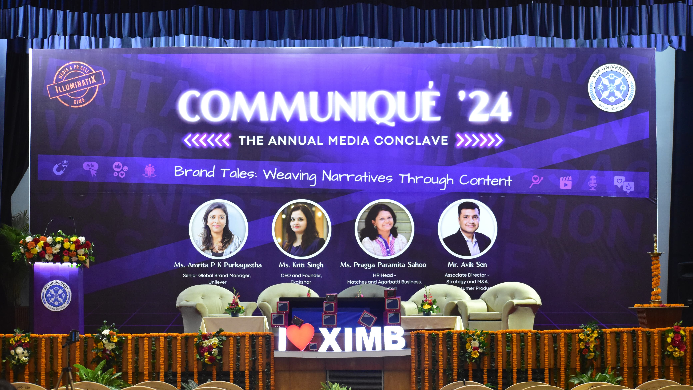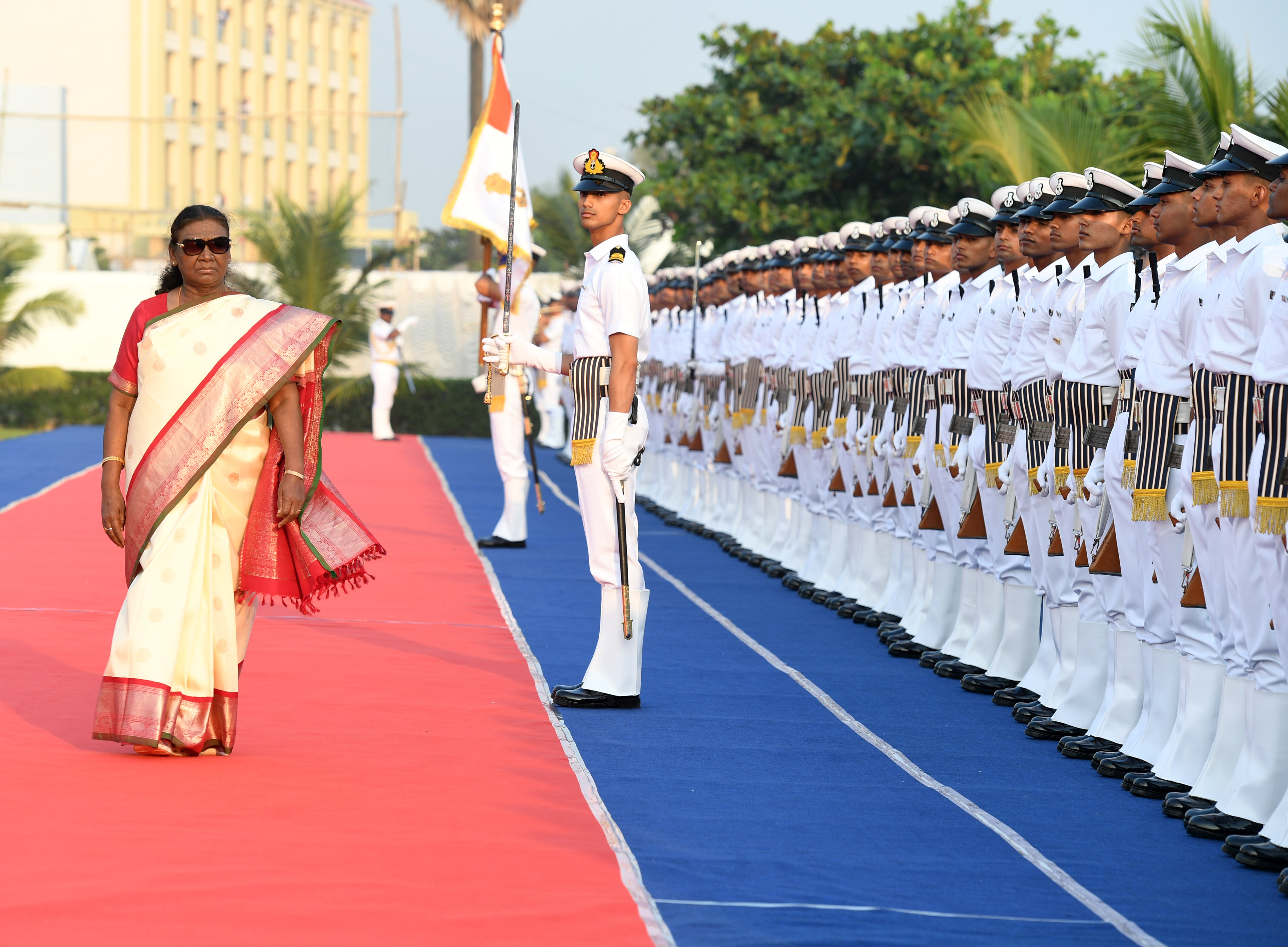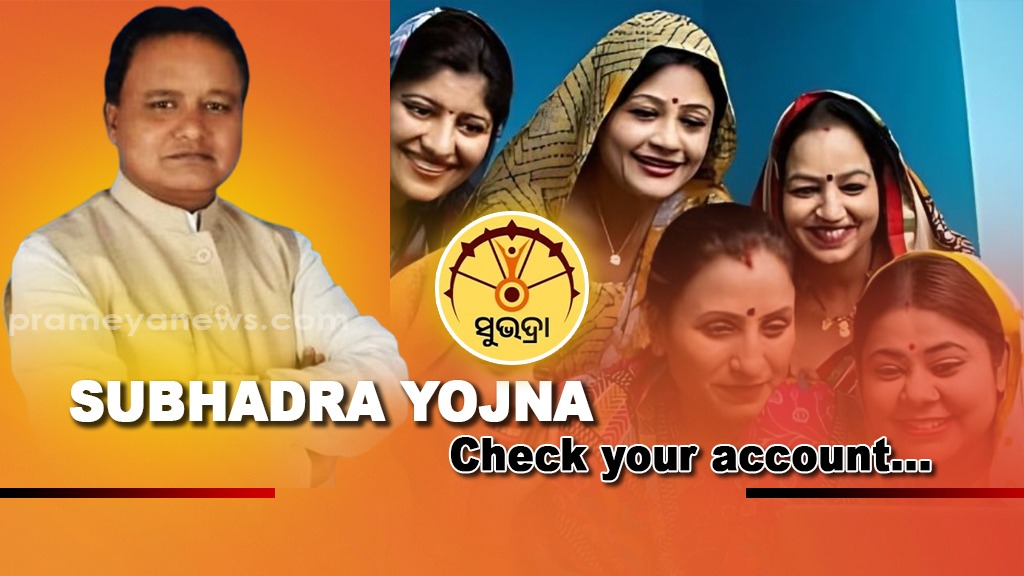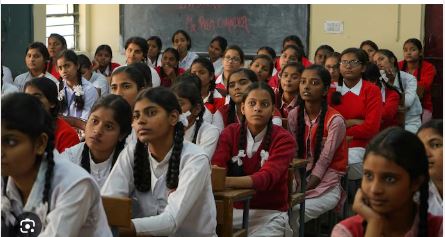Bhubaneswar: When the opposition parties in India, from Congress to Communists, Samajwadis and Lalu’s party, strongly vouch for ballot box and hand counting of votes, US Elections 2024 will see increased use of machines for vote casting and counting, but voters’ vote will be recorded on paper, akin to VVPAT in India.
After the 2020 ‘rigged poll’ allegation by Donald trump, the common refrain trending in the US media is ‘voting has never been more secure than It Is in 2024’. One reason for that confidence is the adoption of voting technology that combines machine efficiency with the verifiability of a paper trail.
VOTING MODES IN USA
As per Massachusetts Institute of Technology (MIT), in US, historically, five types of voting machines have been used. They are:
- Hand-counted paper
- Mechanical lever machines
- Punch-card machines
- Scanned paper ballots
- Direct-recording electronic devices or EVM.
(See the images below)

Hand Counted Paper Ballots: are marked by hand, usually with an X indicating the voter’s choice next to a candidate. In India, it was stamping on ballot paper. Like India, ballots are then counted by hand, but, usually, in the precinct where they were cast as against at counting centres in India.
- Interesting here is when opposition parties in India seem hell bent on bringing back the Hand-counted paper ballots in general elections, in US, nowadays, hand-counted paper ballots are rarely used.
Mechanical Lever Machines: No longer in practice now, this voting machine was first used in the 1890s. How it functions is given below.
- Operated by the voter indicating his or her choice by depressing a lever next to the preferred candidate.
- When the voter enters the voting machine, voter pulls a large lever that pulls a curtain around the voter, ensuring privacy.
- There is an interlocking mechanism in the machine that prevents the voter from over-voting—that is, voting for more than the allowed number of candidates.
- Once the voter is finished, the voter pulls the large lever again, which causes the counters associated with his or her choices to be incremented by one and the machine prepared for the next voter.
- At the end of Election Day, votes are counted by opening the machine and reading the numbers on the counters associated with all the candidates.
- By law, mechanical lever machines may no longer be used in federal elections, although they're sometimes still used in state and local elections.
Punch Card Voting Devices: Saw its end after US presidential elections in year 2000. Developed in the 1960s, it relied on modified Hollerith Cards to record votes.
- A blank pre-scored card is inserted into a holder. The holder contains a ballot and a set of targets associating each choice with a punch position on the card.
- If a voter wants to vote for a candidate, he or she uses a stylus to dislodge a chad (the pre-scored bit of paper) and create a hole in the card associated with the candidate’s number.
- When the voter is done, he or she takes the ballot card and deposits it in a ballot box.
- At the end of Election Day, the ballots are counted using a card reader, usually in the central election office.
- Like lever machines, punch cards may no longer be used in federal elections, although they are sometimes still used in state and local elections.
Scanned Paper Ballots: were also first used in the 1960s.
- The ballot is marked in a private booth by using a black pen to darken a circle next to the preferred candidate's name.
- The voter then places the completed ballot in a box.
- With precinct scanning, a scanner sits on top of the ballot box and the ballot is scanned as it's being deposited.
- Votes are counted at the end of Election Day by running a procedure on the precinct scanner that prints out the vote totals associated with that precinct. With central scanning, ballots are not scanned at the polling place before being placed in a ballot box. Instead, ballots are returned to the central election office at the end of Election Day, where they are scanned by a high-speed scanning machine.
- Optical scanning vote machine is the largest vote machine in USA
- In 2020 elections, it had a 77% share.
Direct-Recording Electronic Machines: These are machines like EVM in India but with a differnt get up and set up. First came into widespread use in the 1970s. The earliest DREs were essentially electrical versions of mechanical lever machines, with push buttons replacing the levers and electrical storage devices replacing mechanical counters.


Indian EVM's Get Up and Set Up shown below
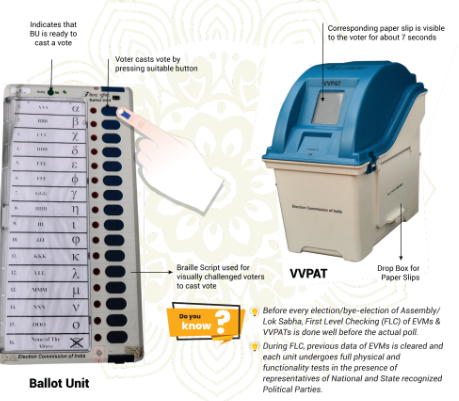
- The DRE machines are no exact replicas of EVMs in India. They are now essentially portable computers that have been configured to display ballot choices and then to record votes electronically.
- Ballot choices are increasingly offered on a computer touch screen, but some systems still rely on a paper display.
- However, most modern DREs allow the voter to indicate a vote by pressing on the touch screen, although some systems rely on push buttons.
- The earliest DREs recorded votes entirely on internal memory units.
- Increasingly, DREs also include a paper record called a Voter-Verified (or Verifiable) Paper Audit Trail (VVPAT) that can be used to audit or recount the election.
- US elections 2024 will use 100% VVPAT in all DREs.
- The DREs were the second largest voting machine in US after Optical Scanners
- DRE usage increase to 20% in 2020 elections from 10% in 1996 Presidential elections.
Below is a bar graph and horizontal line graph that shows how the vote is cast by voters in USA.
1)
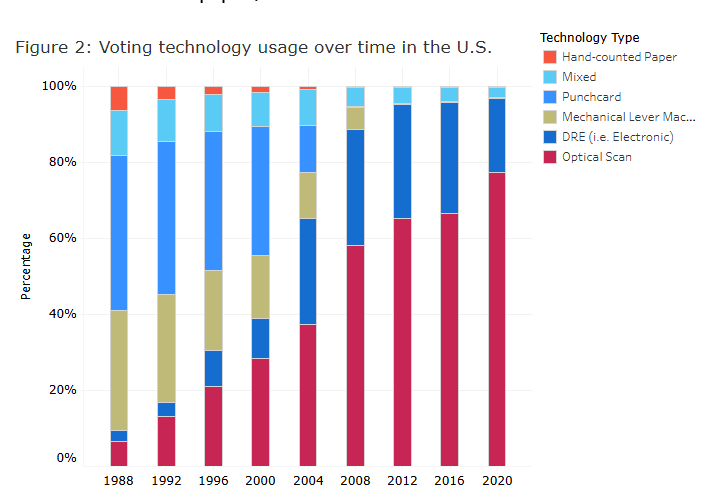
2)
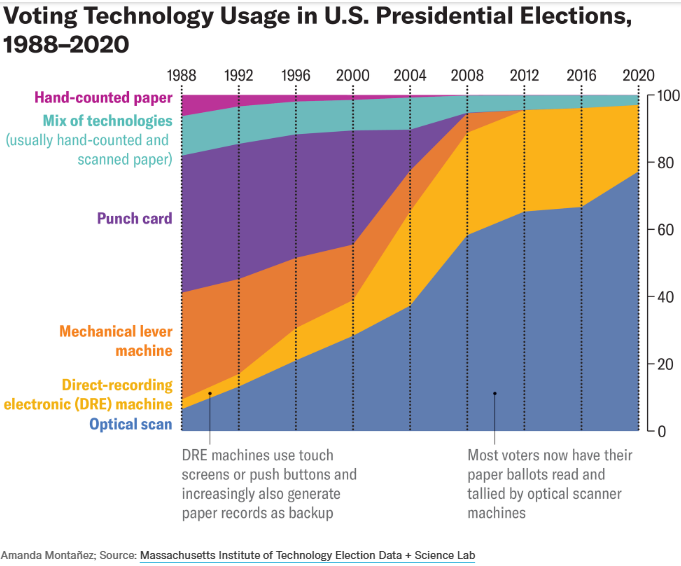
US VOTER SURVEY ON IS USA SAFE FROM HACKING?
Here are the findings of Phew Research released recently.
As per the survey, overall, 52% of voters are at least somewhat confident that U.S. election systems are secure from hacking and other technological threats.
- But nearly as many voters (47%) are not confident about this.
- 73% of Harris supporters say they are confident that election systems are secure. This is higher than the share of Biden supporters who said this in the weeks before the 2020 election (53%).
The pattern is reversed among Trump supporters: 32% now say election systems are secure from hacking and other technological threats, down from 60% four years ago.








